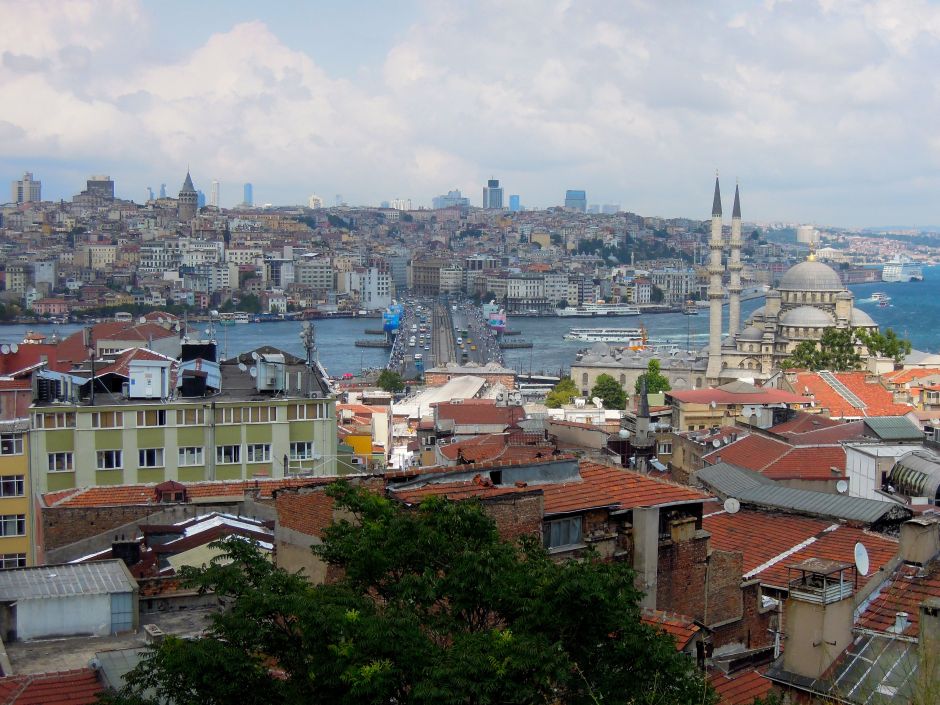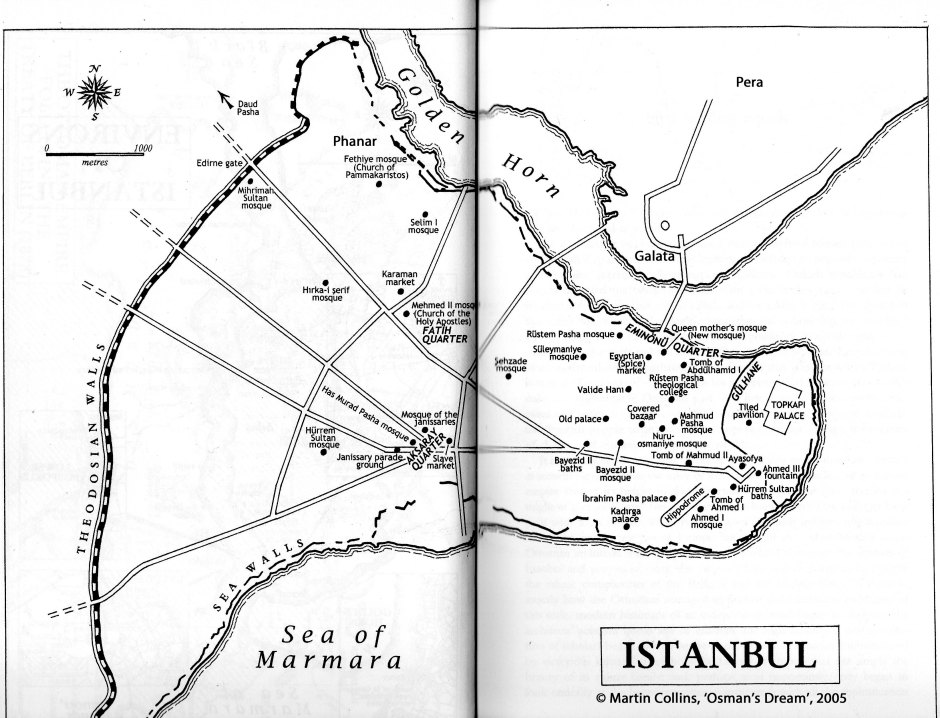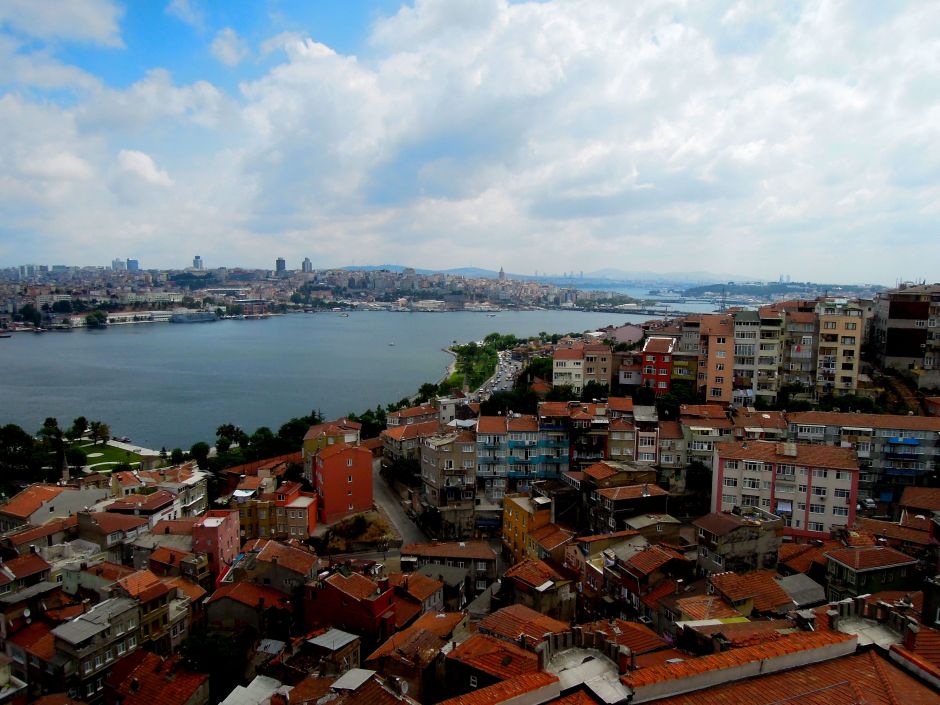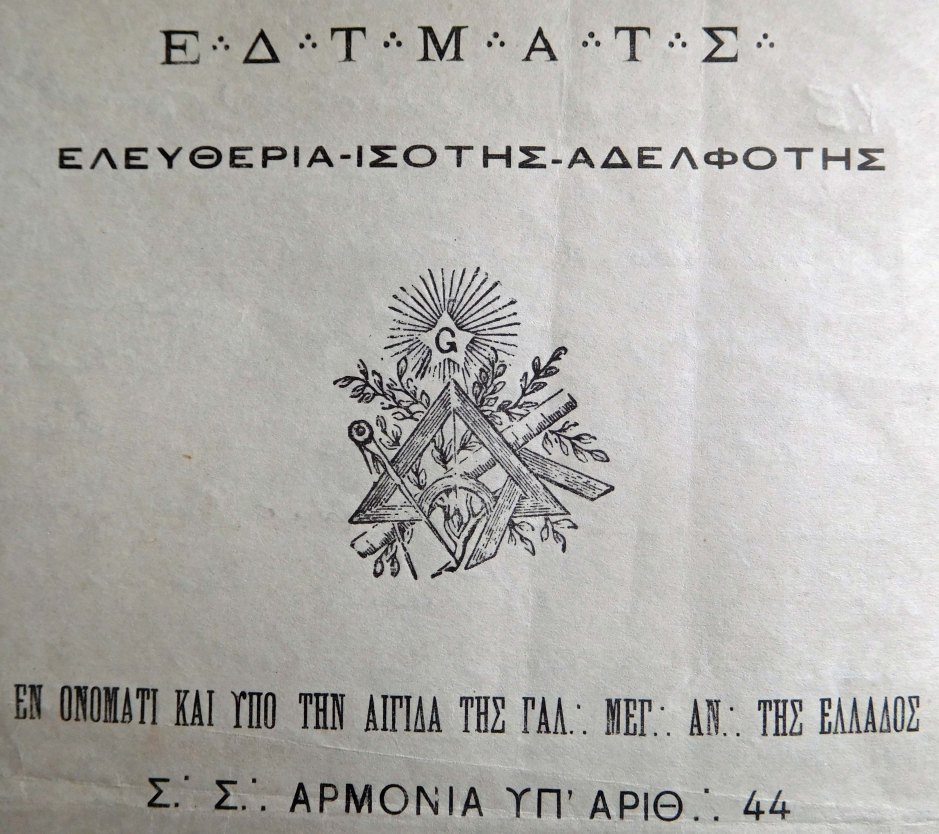This Diary was written from memory a year after the events occurred, all notes etc. having been lost when I was hit.
So begins the war diary of Major Beauchamp Tudor St. John of the Royal Northumberland Fusiliers.
Major St. John was a professional soldier at the outbreak of the War, and quite well-connected. Nevertheless he records his incredulity at the thought of a great European conflict, even considering the intransigence of Serbia and the knowledge that Britain would indeed support France against Germany.
Shortly before war was declared, he was sent with a small detachment to guard Bedhampton water works from attack by foreign agents – a task he believed himself completely incapable of achieving considering the meagre resources at his disposal, not to mention the absence of most Staff Officers at the Goodwood Races. Then, following the general order to mobilise, it was discovered that the fighting efficiency of the regular army would be severely reduced by the massive influx of Reservists necessary to bring the numbers up to a respectable level for a continental expeditionary force. Finally, to crown this catalogue of errors, there was even a threat of strike action from the seamen of the Union Castle Line, which has been engaged to send the Regiment across to France. Once disembarked at Le Havre, the camp site was poorly chosen and supplies were unavailable. The war had not started auspiciously for Major St. John…
After just a few days the Colonel convened a council of war, and orders were issued to intercept the German advance in Belgium. The Battalion was to guard a section of the canal and railway west of Mons, which they quickly fortified before the Germans arrived. The ‘approach of the dreaded Uhlans’ was certainly met with some competent resistance by the British along Major St. John’s line of defence, but they were finally out-witted by a dastardly Hun ploy to release children onto the battlefield, creating a diversion which allowed them to cross the canal and flank the British positions. The inevitable consequence was an orderly retreat back beyond the town where trenches could be dug. In the morning, however, they discovered that their position had been compromised by a spy pretending to be drunk the previous evening, leaving their flanks dangerously exposed once again, precipitating yet another retreat. This action was quickly countermanded, sending the men back into the trenches, and then an hour later an official order arrived signaling a retreat once again. The Battalion then found itself trapped and exposed on a road behind a make-shift barricade in a village. Major St. John declares it was pure luck that they were not rushed and destroyed at once by the Germans, and that they saw an opportunity to leave their position and re-join the main retreat.
The Uhlans continued to chase them and, even as new trenches were dug, it was decided to evacuate Belgium altogether. The retreat became progressively more chaotic, and the men’s feet were ruined by the rapid pace – Major St. John reports 62 miles in 48 hours. Shortly after this he was attacked by a nasty case of the runs and was sent off to see a doctor once the Battalion had crossed the Marne and passed through Meux. Near Le Maus, having escaped the hospital, Major St. John found a ‘luxurious life of eating and drinking, shooting and motoring’ at Chateau Chardonnieux for 10 days, before starting out on “Light Duty” at the base garrison in the town. During this time he noticed a brilliant example of German forward planning and thoroughness:
About Six or eight months before War broke out a commercial traveller came to Le Maus and proceeded to flood every sort of little shop with a patent boot polish called “Lion Noir”. This was planted on very advantageous terms to the middleman or retailer on condition that a sign, showing a black roaring lion on a yellow background with a tin of boot polish between its pads, was exhibited outside the shop… In some the head would be looking one way, in others the opposite way. Some had tails going straight, some had a twist in them, the legs of the beast were different in some to those of others and so on. The object of all this was a code for directing a rapid raiding party to every sort of place such as the Bank, the Cathedral, the Barracks, etc. I used to amuse myself following up the various clues to see where I got to.
It wasn’t until 13th of October that Major St. John was able to board a train the return to the front, by which time the general retreat had halted and skirmishing with the Germans had begun. After one final maneouver of the line trenches were dug and the Western Front as we know it best today began to take shape, albeit without the complex support trenches, dug-outs or reserve systems of later seasons. In just a week the Brigade lost 12,000 men.
On 1st November Major St. John was hit in the right arm and twice through the neck by machine gun fire as he tried to cross a short patch of open ground. Owing to a long series of lucky chances he was rescued, made it back to England, and made a full recovery, despite being given up for dead on a number of occasions. Like so many private unpublished diaries of the First World War, Major St. John’s is detailed, eloquent, astute and often brutally honest about the numbing horror of mechanised warfare. It is hard to say, though, quite how much store should be set by such a detailed account written entirely from memory a year after the events concerned – one might compare it with the questionable account written by T.E. Lawrence about his involvement in the Arab rising agaisnt the Ottoman administration in Damascus, which Lawrence famously left on a train just as it was ready for press.
This diary, and many other very special books relating the the First World War, will be available in our Summer Great War Catalogue.
James Murray, 08/04/16












